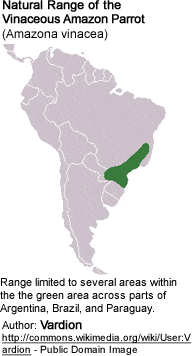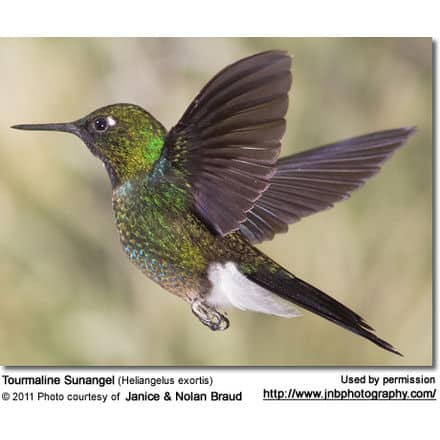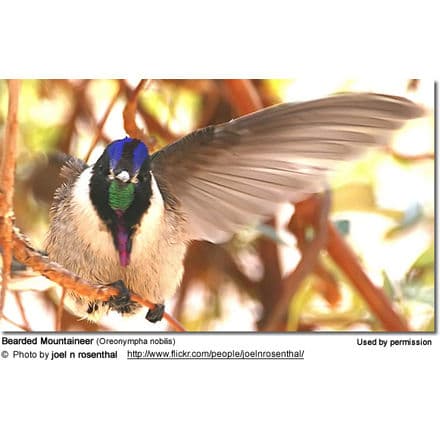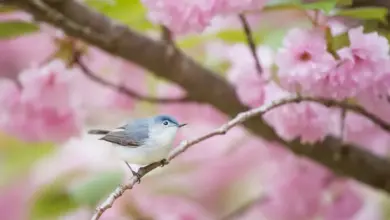Vinaceous Amazon Parrots / Vinacea Amazons (Amazona vinacea)
The Vinaceous Amazon Parrots (Amazona vinacea) is also known as Vinaceous Amazon, Amazone Bourgogne, Amazone Vineuse, Amazona Pechivinosa, Amazona Vinosa, Loro Pechivinoso, or Loro Pecho Vinoso.
Distribution / Range
This parrot has become rare throughout its extensive native range in northeast Argentina, southeastern Brazil, and eastern Paraguay. They inhabit lowland and highland Atlantic forests, montanes and plantations, extending up to 2000 m.
The Vinaceous Amazon Parrot is a protected species as it is threatened by habitat loss. It is also not readily available in aviculture and every effort should be made to breed available breeding stock.
In their natural habitat, Vinaceous amazons are estimated to live up to 50 years, judging by the life span of similar species. As this species is rare in aviculture, there is little known about its lifespan in captivity.
Description:
Vinaceous amazons are medium-sized, stocky green parrots, measuring 30 to 36 cm (12 to 14 inches) from beak to tail and weighing 300 to 450 grams.
They have been named for their vinaceous or purple-maroon belly patch, which appears as a suffusion of color on their heavily scalloped chest and abdomen coverts.
This colorful parrot has a bright green plumage with a dark edging to feathers, giving a scaly effect. It has a narrow red forehead, lores (the regions between the eyes and bill on the side of a bird’s head), and speculum (= distinctive wing patch); and its nape is pale bluish.
The breast is suffused vinous-maroon. They have turquoise-tinged primaries and a green tail with a red base of outer-tail feathers. Their pinky-red bill has a yellowish tip.
Sexing: Vinaceous amazons are monomorphic (no visual difference between sexes); however, males are generally larger than females and tend to have a little wider red patch on the forehead.
Their beaks and heads are generally larger as well. However, this is not a precise method of identifying sex due to individual differences. For accurate sexing, surgical or DNA sexing is recommended.
Immatures: Young birds have pale red lores (the regions between the eyes and the bill on the side of a bird’s head) and yellow irises. Their beaks are red only at the base.
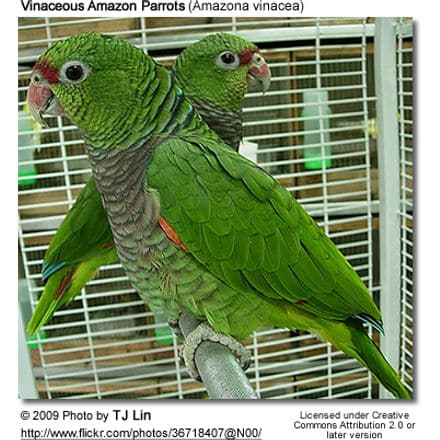
Housing:
These parrots are very active and should be provided the largest flight or cage possible. A planted aviary is always preferable; however, if this is not possible provide the most spacious cage or flight that space and budget allow. They need enough space to be able to fly on a daily basis. Ideally, an outdoor space would be provided for enrichment, exercise, and sunlight.
These parrots crave privacy and security and a “retreat” / secure area should be provided to protect against fear responses. Durable cage construction is not as critical as it is for macaws and cockatoos.
It may be recommended to use escape-proof latches on cages. Vinaceous amazons should always be provided with toys, blocks of wood, or branches that they can chew.
Breeding:
In their natural habitat, Vinaceous Amazons nest in high tree cavities often in small colonies and sometimes in cliffs.
They are fairly easy to breed in captivity and females may breed as young as two years. Their breeding season in North America is the spring, typically from February or March to June or July. The hen lays 2 to 4 eggs, which hatch after about 28 days. Both parents feed the young,
Diet during Breeding and Chick Raising: High-protein baby cereal and bread soaked in honey water are essential during the breeding season; also necessary are sunflower seeds, monkey chow, fruits (banana, apple, tomato), and greens.
Nesting Box: The nesting box that has been used for this species of Amazon parrot is a Grandfather-style wooden nest box with dimensions approximating 12″ x 12″ x 24″. In cases of mate aggression, a nesting box with two different entrances is recommended.
Mate Aggression: Male Vinaceous Amazons may show aggression towards their mates. Cage construction and management should take into consideration techniques to reduce aggression.
If mate aggression becomes evident and providing a larger flight is not effective in reducing the mate aggression, it is preferable to separate the pair.
If this is not something the breeder wants to consider, clipping the wings of aggressive males prior to the breeding season will help the female escape in case the male becomes aggressive.
A different style of nesting box should be considered as well — one with two exists to allow the female to escape if attacked in the nesting box.
Vinaceous Amazon Parrots as Pets:
Vinaceous amazons are intelligent, inquisitive birds with moderate speaking ability. They are relatively gentle and easy to tame but they are uncommon in captivity and are seldom available for pets.
As they are endangered, they should be used for breeding if at all possible.
Diet
In the wild, Vinaceous Amazon Parrots eat primarily tree seeds, such as Araucaria, Podocarpus, Eucalyptus, and Pilocarpus seeds.
In captivity, a good quality unfortified/organic seed mix (human grade) in addition to fresh fruits and vegetables should be provided. Because of their tendency to obesity, Vinaceous Amazons should given small amounts of sunflower or safflower seeds as treats, except when they are in breeding mode. Willow twigs should be provided throughout the year.
To learn more about the diet of the captive Amazon Parrot, please click the link.
Taxonomy
Species: Scientific: Amazona vinacea … English: Vinaceous Amazon … Dutch: Wijnkleurige Amazone, Wijnborst Amazone, Wijnrode Amazone … German: Taubenhals Amazone … French: Amazone vineux, Amazone bourgogne
More Amazon Parrot Information
- General Information about Amazon Parrots
- Amazon Parrots as Pets
- Amazon Parrot Species
- Amazon Parrot Photo Gallery
- Amazon Health Problems / Diseases
- Amazon Diet & Nutrition
- Incubation Data

